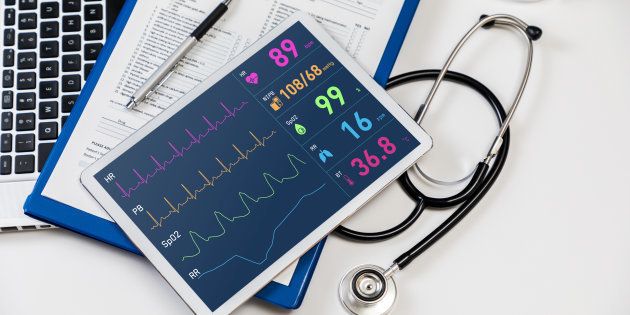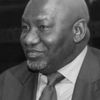
As more and more Africans can afford private healthcare and insurance, global healthcare providers are finally realising the development opportunity of this emerging market. However, it appears that the movers of the healthcare industry are less concerned about addressing Africa's most pertinent health priorities. Rather, the emphasis appears to be in catering to a growing commercial interest in a manner that may leave behind the most severely constrained – the poor.
Many of the programmes designed to meet this new catchment still remain inaccessible to the majority of those with the direct needs. The inevitability of this situation is that African states must dig deeper and further to deliver health benefits for the continent's poorest and most vulnerable people.
Africa has made some progress in the last few decades in combating communicable diseases that disproportionately impact the poor, such as HIV and malaria. However, while Africa now has a much more positive story to tell than the images of famine and sickness that have populated media coverage around the world for many decades, the situation remains bleak for many.
In 2013, according to UNAIDS, approximately 35-million people were living with HIV globally, with nearly 25-million of those infected with the virus in sub-Saharan Africa. Between 2005 and 2013, new HIV infections in the region declined by 33 percent and AIDS-related deaths fell by 39 percent. Yet, sub-Saharan Africa still accounts for almost 70 percent of new infections, and only 37 percent of people with HIV have access to treatment.
According to the World Health Organisation (WHO), an estimated 429,000 people died from malaria in 2016, with over 90 percent of deaths in sub-Saharan Africa. The region also accounts for more than 90 percent of global infections, which are up from 211-million in 2015 to 216-million in 2016.
Africans also continue to suffer from outbreaks of diseases that have been eradicated elsewhere in the world. The recent outbreak of cholera in Zambia which, at the time of writing, had infected more than 4,200 people and killed about 85, exposed Zambia's poor sanitation and incapacity to respond to the crisis.
Publicly funded facilities are essential to extend healthcare provision to the neediest. This is something that must be embraced and managed, but cannot be ignored.
But, with rapid urbanisation and immense growth in purchasing power, global healthcare providers are beginning to seize upon a flourishing African market. In 2012, the International Finance Corporation (IFC) believed that by 2016, the commitments in the healthcare sector in sub-Saharan Africa would double to US$35-billion. The IFC has indicated that by 2022, US$30-billion would be required for new physical healthcare assets across the continent, including clinics and hospitals.
According to an Ernst and Young (EY) report, total spending on private health insurance in Nigeria is projected to grow from US$400-million in 2016 to US$500-million in 2021. Over the same period, out-of-pocket spending on healthcare is expected to rise from US$12.5-billion to approximately US$16.7-billion. This is the position despite slower overall economic growth, rising inflation and unemployment.
However, the private sector is more concerned with diseases that are non-communicable and associated with more affluent lifestyles, such as diabetes and heart conditions, than communicable diseases that blight poor and rural areas. The responsibility for fighting these diseases has fallen to governments and international aid organisations. Private healthcare providers are, after all, businesses.
Yet, in Nigeria, where 80 percent of those living with HIV have no access to treatment, only 4.2 percent of overall government spending is health-related. This compares to overall government spending on healthcare of 18.4 percent in the United Kingdom and 23 percent in the United States. According to the same EY report, the Nigerian government's share of total health spending is forecast to increase modestly from 21 percent in 2016 to 24 percent in 2018.
Across Africa, more must be done to grow and drive greater access to public health systems. Whilst the affluent few can afford to pay for their treatment, either in new private facilities or abroad, publicly funded facilities are essential to extend healthcare provision to the neediest. This is something that must be embraced and managed, but cannot be ignored.
